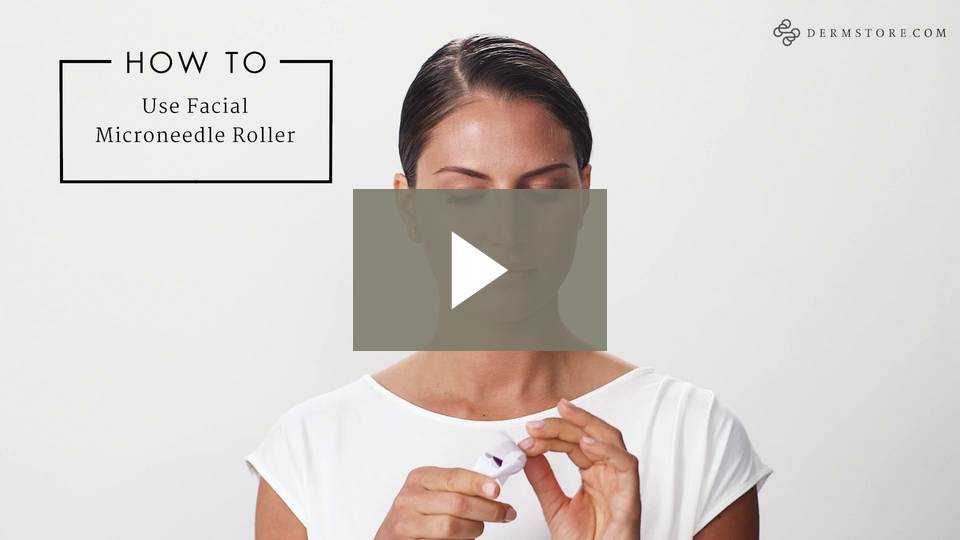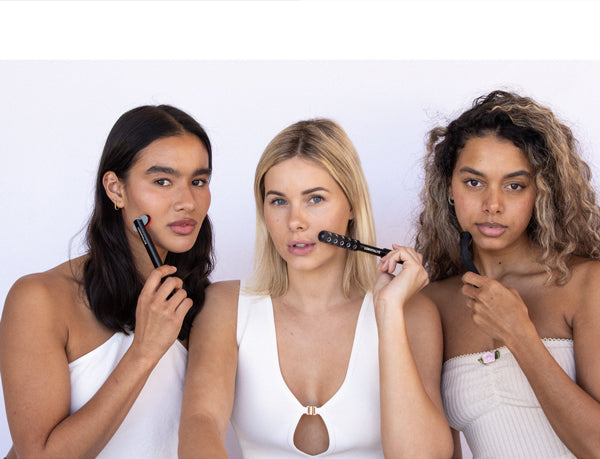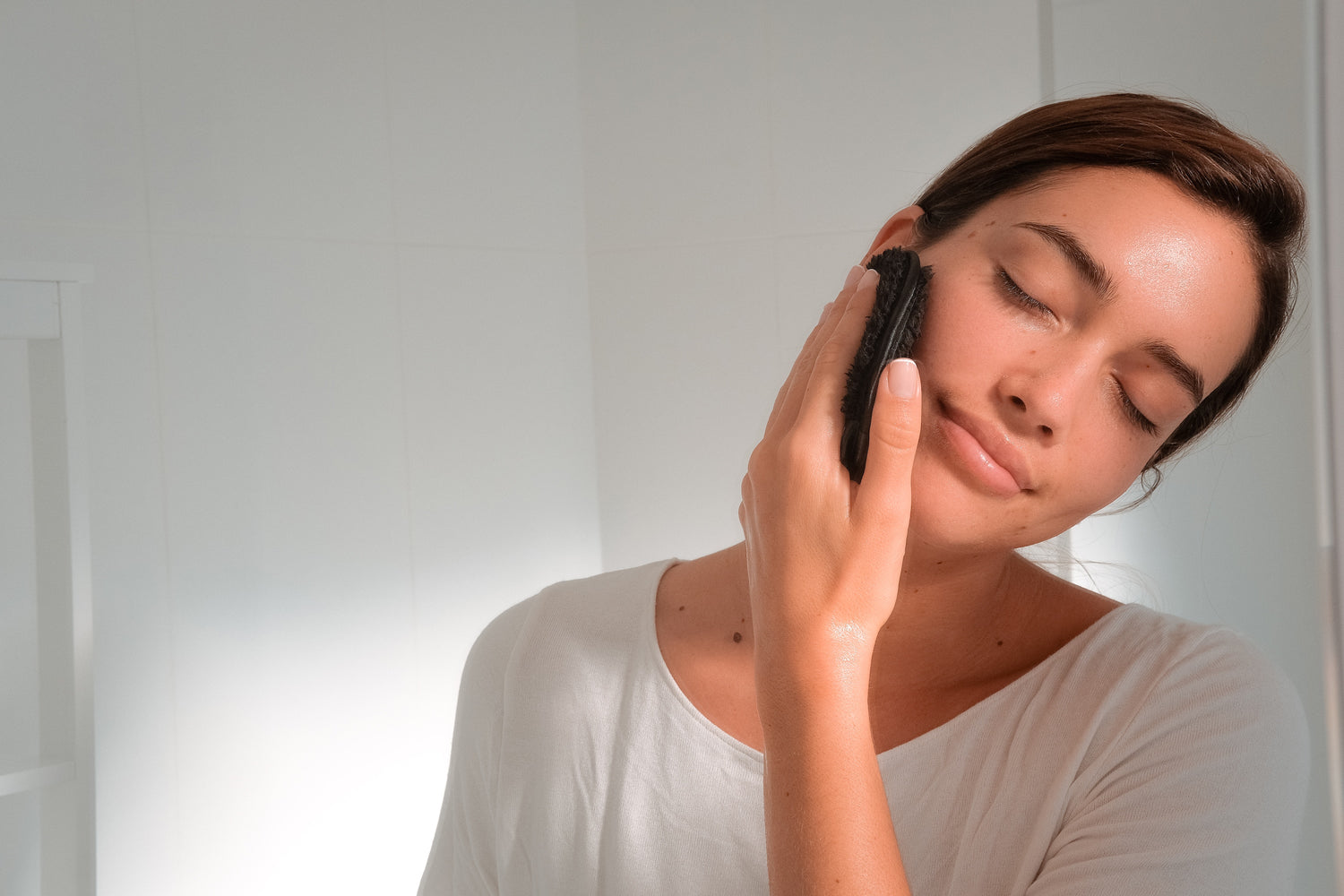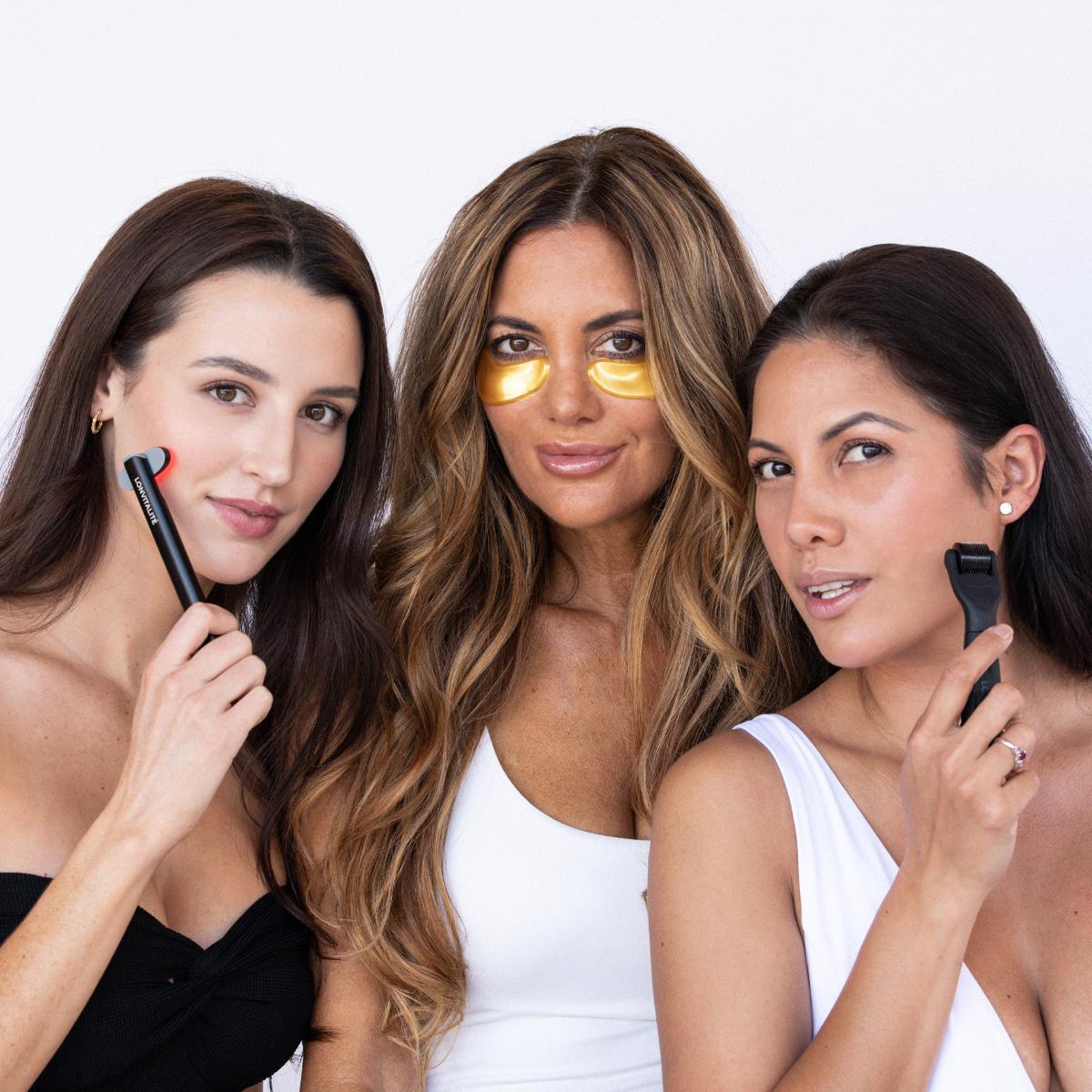
It’s tough not to cringe when you hear the word needles, especially when it involves rolling them across your face. But microneedling or dermarolling—a minimally invasive cosmetic treatment that involves puncturing the skin with needles (or a dermaroller) to trigger your skin’s repair process and collagen production—is really nothing new. In fact, dermatologists have been performing this procedure for years as a treatment for facial scars. How it works is pretty straightforward: It is performed using an apparatus comprised of fine, precise needles that is rolled directly on the skin in a controlled motion. By creating superficial injuries on your skin, your skin reacts by speeding up collagen and elastin production to repair your skin.
Still, even with solid studies, not to mention the before-and-after shots of people who’ve actually done it, the thought of a hundred needles poking your skin doesn’t sound very encouraging. To help you decide whether this treatment is right for you, we’ve talked to a few experts. Here’s what you need to know before trying microneedling.
1. Microneedling works on a variety of skin issues, including acne scars and crepey skin.
“Microneedling is a safe, chemical- and laser-free method that triggers new collagen production, regenerates skin cells and can also be used to help resurface the skin,” says Natalie Aguilar, a nurse and aesthetician who specializes in the treatment with her sister Nadia at their skin care boutique Afterglow Beverly Hills.
While most often used for resurfacing skin texture, it can help improve a variety of skin concerns, including discoloration, enlarged pores, acne scars, wrinkles, fine lines and crepey skin. If you don’t have any major concerns, the therapy can also simply give skin a dewy and more youthful appearance, Aguilar says.
2. Microneedling can be customized according to your skin’s needs.
An assessment of the client’s skin is typically conducted before the service is performed in order to prescribe the best course of treatment. “We set a clear goal to be reached and then select the best needle depth and most suitable serum for use with the therapy,” Aguilar shares. “Deep, pitted or severe acne scars would need a greater depth of needling as opposed to clients who are hoping to minimize pore size, which would require less depth.”
Serums used during treatment are customized according to the needs of the client. Aguilar uses caviar serum to restore moisture, minimize fine lines and improve skin turgor. Depigmentation serum, which is comprised of six skin lighteners, including glycolic acid, works to decrease the production of melanin and is used for discoloration. For clients with acne, Aguilar uses propolis serum, which minimizes inflammation, heals skin and controls sebum production with salicylic acid and propolis extract.
3. Microneedling shouldn’t hurt, but…
“In general, microneedling can definitely be painless, but it may feel a tiny bit awkward because of the ‘prickly’ sensation during treatment,” says Aguilar. However, when the depth of the needle is more extreme, additional precautions are advised. “For more severe skin issues, it would be best to numb with a topical anesthetic to make the client feel more at ease and comfortable throughout the procedure,” Aguilar advises.
While it is considered safe when done correctly, it’s important to ensure your esthetician is licensed to perform the service and is following hygienic practices. “Before commencing, we suggest making sure that the microneedling apparatus is sterile. Ask the technician to open the packaged needles in front of you for the utmost precaution in safety and infection control,” Aguilar suggests.
4. Unlike laser treatments, microneedling can be effective on all skin tones.
If you’re concerned about recovery time, burns or discoloration that can sometimes occur post-laser treatment, microneedling therapy is an excellent alternative. Like laser treatments, it can effectively lighten discoloration, resurface texture, stimulate collagen production and plump and tighten skin. It also has the added benefit of reliability. “Microneedling allows for a more predictable outcome for these skin issues,” Aguilar explains. Unlike lasers, microneedling is also a “color-blind” treatment, meaning it can be performed on clients of all skin tones.
5. Treatment cost varies according to your skin concern.
Treatments typically run $500.00 to $1,200.00 per service. A variety of factors can drive costs, including the specific serum used during the service and the amount of total treatments needed. These factors are determined by the needs of the client along with his or her age and skin type, which can influence the rate of response to treatment.
Like most cosmetic procedures with a corresponding at-home device, a microneedle treatment at home is not only possible but is also more affordable. “A microneedling treatment at home is far more affordable than its in-office counterpart,” shares Sarah Perets of ORA Beauty, maker of the Microneedle Face Roller System. “A lot of what you are paying at a spa or doctor’s office is the professional’s time, liability insurance and facilities.”
6. At-home microneedling devices take longer to take effect, but pose less risk.
While at-home microneedling devices are designed to mimic the results of the in-office treatment, they work rather differently. “Surgical dermarollers are used to treat a wide variety of more severe skin conditions such as deep acne scars. Due to the length of needle, typically are 1 to 3 millimeters compared to at-home devices’ 0.2 to 2 millimeters, this type of therapy usually requires a topical anesthetic, and in more severe cases, sedation or a general anesthetic,” explains Perets. “It will be more painful but at the same time it will create deeper holes which may lead to faster results. However, for some, this may pose more risk, causing damage, scarring and post inflammatory pigmentation.”
“The at-home treatment is virtually pain-free and requires no topical numbing,” she adds. “The extremely fine needles gently penetrate the skin just enough to stimulate collagen and elastin production. Via microneedling, the dermaroller creates micro channels through the surface of the skin, allowing active skin care product ingredients such as retinol and vitamin C to reach the depths of the skin more effectively.”
7. You can use your microneedling device on the body, too.
At-home microneedling devices also come in larger sizes, which allows you to treat larger areas—like abdomen, thighs, legs, buttocks, hands, arms, neck and back—twice as fast as you would with a smaller roller head. The ORA Microneedle Body Roller, for example, features a wide, double-sized head with 1,080 fine needles, and is “designed for use on any area of the body to diminish the appearance of scars, stretch marks, cellulite, wrinkles, fine lines and other blemishes,” according to Perets. “The body roller also helps smooth uneven skin texture and color, and heavy pitted skin in all body areas.”
8. There’s a proper way to use a dermaroller.
As with any at-home beauty gadget, microneedling devices are not foolproof. Below is a step-by-step tutorial on how to use your dermaroller properly on your face or body. For best results, do this every three to five days. Also remember that since skin on the body is thicker than the skin on your face, it may take more than a few sessions before you can see visible results on your body.
Step 1: Before use, make sure your roller is disinfected using alcohol or a roller sterilizer.
Step 2: Do not force the roller into the skin but simply use mild pressure.
Step 3: Roll back and forth at the same intensity on the treatment area 5 to 10 times in each of the four directions: horizontally, vertically and diagonally.
Step 4: Following treatment, you may apply your regular creams or other skin care products.
The post What Is Microneedling? Here Are 8 Things You Need to Know Before Trying It. first appeared on Lonvitalite.






